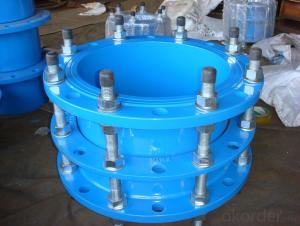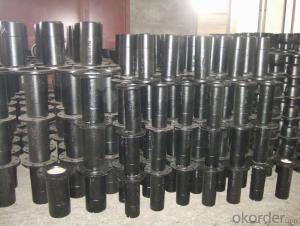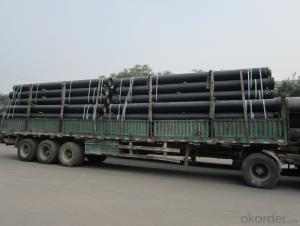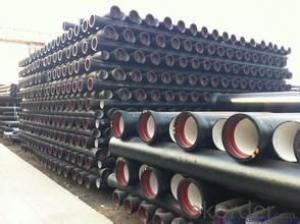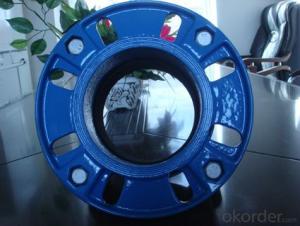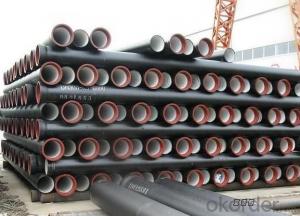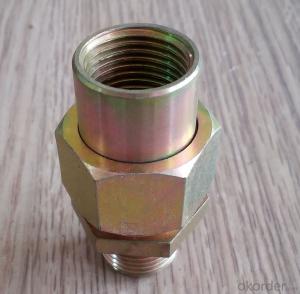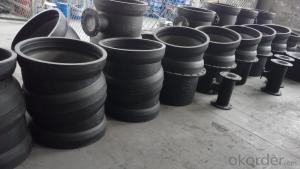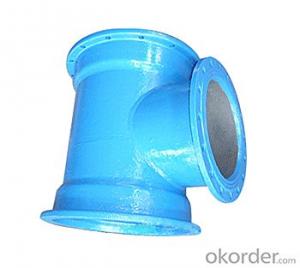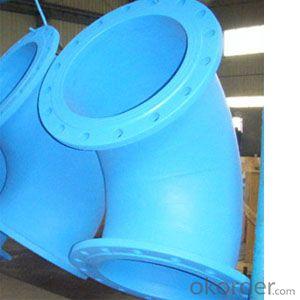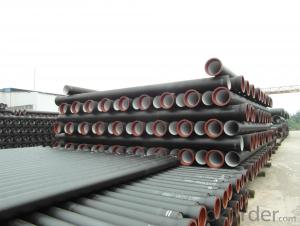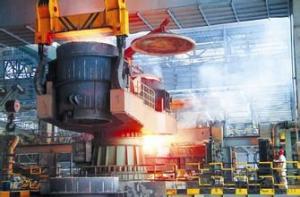All Categories
- - Steel Wire Rod
- - Steel Coils
- - Steel Profiles
- - Steel Pipes
- - Stainless Steel
- - Tinplate
- - Special Steel
- - Steel Sheets
- - Steel Rebars
- - Steel Strips
- - Hot Rolled Steel
- - Cold Rolled Steel
- - Pre-painted Steel
- - Seamless Steel Pipe
- - Welded Steel Pipe
- - Hollow Steel Tubes
- - Galvanized Pipe
- - Stainless Steel Coil
- - Stainless Steel Sheet
- - Stainless Steel Plate
- - Stainless Steel Strips
- - Electrolytic Tinplate Coil
- - Electrolytic Tinplate Sheet
- - Stainless Steel Rebars
- - Solar Panels
- - Solar Water Heater
- - Solar Related Products
- - Solar Inverter
- - Solar Cells
- - Solar Light
- - Solar Energy Systems
- - Solar Controllers
- - Solar Mounting System
- - Solar Pump
- - Solar Chargers
- - Fiberglass Chopped Strand
- - Fiberglass Mesh Cloth
- - Composite Pipes
- - FRP Pultrusion Profiles
- - Fiberglass Mat Tissue
- - Fiberglass Fabrics
- - Fiberglass Mesh
- - Composite Tank
- - Fiberglass Mesh tape
- - Polymer
- - FRP Roofing Panel
- - Fiberglass Roving
- - Monolithic Refractories
- - Ceramic Fiber Products
- - Refractory Bricks
- - Raw Materials For Refractory
- - Suspended Platform
- - Cranes
- - Concrete Machinery
- - Earthmoving Machinery
- - Building Hoist
- - Road Building Machinery
- - Plastic Pipe Fittings
- - Plastic Tubes
- - Plastic Sheets
- - Agricultural Plastic Products
- - Plastic Nets
 All Categories
All Categories
Q & A
How do you protect ductile iron pipe fittings from soil movement in trenchless installations?
One way to protect ductile iron pipe fittings from soil movement in trenchless installations is by using pipe restraints or thrust blocks. These devices help anchor the fittings in place and prevent them from shifting or moving due to soil pressure or movement. Additionally, proper backfilling techniques and compaction of the soil around the fittings can also provide additional protection and stability.
Are there any limitations on the maximum or minimum flow velocities for ductile iron pipe fittings?
Yes, there are limitations on the maximum and minimum flow velocities for ductile iron pipe fittings. These limitations are determined by the manufacturer and are typically based on factors such as the pipe material, size, and pressure rating. It is important to adhere to these limitations to ensure optimal performance and longevity of the pipe fittings.
What is the expected life cycle cost of ductile iron pipe fittings?
The expected life cycle cost of ductile iron pipe fittings can vary depending on several factors such as installation conditions, maintenance practices, and the specific application. However, ductile iron pipe fittings are generally known for their durability and longevity, which can result in lower long-term costs compared to other materials. Properly installed and maintained ductile iron pipe fittings can have a life expectancy of 50 years or more, making them a cost-effective choice in many applications.
Can ductile iron pipe fittings be used for hydronic heating systems?
Yes, ductile iron pipe fittings can be used for hydronic heating systems. Ductile iron is a strong and durable material that can withstand the high temperatures and pressures typically found in hydronic heating systems, making it a suitable choice for these applications.
Wholesale Ductile Iron Pipe Fittings from supplier in Qatar
Our team is ready to assist you and provide any additional information you may need. Contact us today and let us be your trusted partner for Ductile Iron Pipe Fittings in Qatar.
Hot Search
- Ductile Iron Pipes in Timor Leste
- Ductile Iron Pipe Fittings in Uruguay
- Ductile Iron Pipes in Mozambique
- Ductile Iron Pipe Fittings in Albania
- Ductile Iron Pipe Fittings in Syria
- Ductile Iron Pipes in Belize
- Ductile Iron Pipes in Seychelles
- Ductile Iron Pipe Fittings in Ghana
- Ductile Iron Pipes in Ireland
- Ductile Iron Pipe Fittings in Japan
